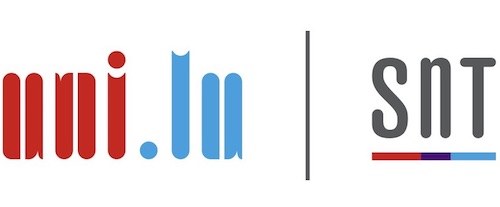
Interdisciplinary Research Group in Socio-technical Cybersecurity
The Framework of Security-Enhancing Friction: How UX Can Help Users Behave More Securely
Abstract:
A growing body of research in the usable privacy and security community addresses the question of how to best influence user behavior to reduce risk-taking. We propose to address this challenge by integrating the concept of user experience (UX) into empirical usable privacy and security studies that attempt to change risk-taking behavior. UX enables us to study the complex interplay between user-related, system-related and contextual factors and provides insights into the experiential aspects underlying behavior change, including negative experiences. We first compare and contrast existing security-enhancing interventions (e.g., nudges, warnings, fear appeals) through the lens of friction. We then build on these insights to argue that it can be desirable to design for moments of negative UX in security-critical situations. For this purpose, we introduce the novel concept of security-enhancing friction, friction that effectively reduces the occurrence of risk-taking behavior and ensures that the overall UX (after use) is not compromised. We illustrate how security-enhancing friction provides an actionable way to systematically integrate the concept of UX into empirical usable privacy and security studies for meeting both the objectives of secure behavior and of overall acceptable experience.
Authors:
Verena Distler, Gabriele Lenzini, Carine Lallemand, and Vincent Koenig
Publication date:
October, 2020
Published in:
New Security Paradigms Workshop
Reference:
Verena Distler, Gabriele Lenzini, Carine Lallemand, and Vincent Koenig. 2020. The Framework of Security-Enhancing Friction: How UX Can Help Users Behave More Securely. In New Security Paradigms Workshop 2020 (NSPW '20). Association for Computing Machinery, New York, NY, USA, 45–58. DOI:https://doi.org/10.1145/3442167.3442173
Get in touch with us
SnT – Interdisciplinary Centre for Security, Reliability and Trust
Maison du Nombre, 6, avenue de la Fonte L-4364 Esch-sur-Alzette
info-irisc-lab@uni.lu
